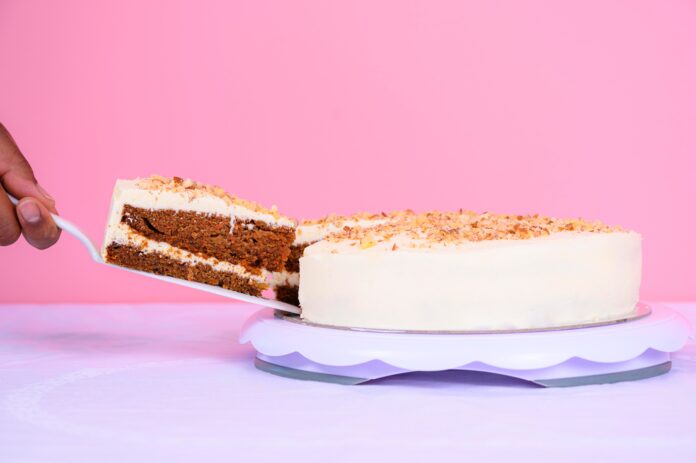When it comes to dessert, there’s one that takes the cake over all others as the ultimate confection, fit for all occasions, and beloved by the masses. We’re talking, of course, about cake. Typically made with flour, eggs, sugar, and fat and decorated with fruit or icing, cake, as we know it was first created in Europe in the mid-17th century, though many different styles of cake have come to be in the time since. If you’re a baker interested in learning more about cake, read on for a breakdown of what sets some of the popular varieties apart.
Butter-Based Cakes
Baked goods typically require some form of fat to provide moisture and flavor, with butter and oil being the most popular options. Because butter contains water in addition to fat, using butter in the cake will lead to greater gluten development, resulting in a dense crumb with a melt-in-your-mouth texture. The flavor of butter also tends to be more detectable than oil in the finished product—common examples include pound cake and yellow cake.
Oil-Based Cakes
Oil-based cakes are most often prepared using neutral vegetable oils that can provide moisture without imparting any overpowering flavors. These cakes have a lighter, more tender texture than butter-based cakes and make an excellent canvas for a wide variety of flavors and mix-ins. Carrot cake is one of the more decadent examples, though oil is usually the go-to for classics such as vanilla white cake as well.
Sponge Cakes
Unlike butter and oil-based cakes, sponge cakes are usually made without added fats, instead relying on egg whites to provide structure and moisture for the other ingredients. Whipping the egg whites creates volume and causes them to become stiff, which, when combined with flour and caster sugar, results in a delicate cake with a light-as-air texture. Victoria Sponge and angel food cake are classic examples.






